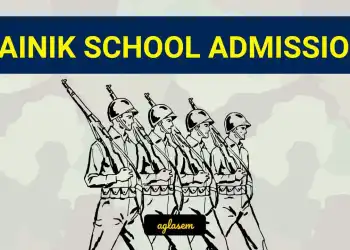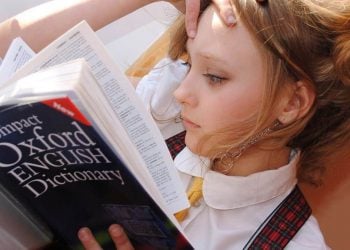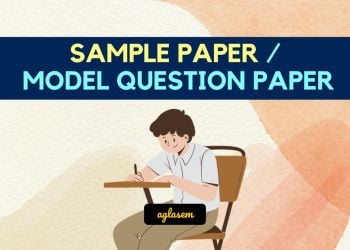NCERT Solutions for Class 6 Science Chapter 6 The Living Organisms – Characteristics And Habitats has been published by Aglasem. You can now download the Class 6 Science Ch 6 Questions and Answers PDF here. This NCERT Solutions for Class 6 Science contains answers of all questions asked in Chapter 6 in textbook, Science. Therefore you can refer it to solve The Living Organisms – Characteristics And Habitats exercise questions and learn more about the topic.
NCERT Solutions for Class 6 Science Chapter 6 The Living Organisms – Characteristics And Habitats
Class – Class 6
Subject – Science
Chapter – Ch 6
Chapter Name – The Living Organisms – Characteristics And Habitats
Book – Science
Study Material – NCERT Solutions
NCERT Solutions for Class 6 Science Chapter 6 PDF
While you can read NCERT Solutions for Class 6 Science Ch 6 for all exercises here on aglasem. You can also download this NCERT Solutions PDF to refer at anytime when you study The Living Organisms – Characteristics And Habitats. Here it is.
NCERT Solutions for Class 6 Science Chapter 6 PDF Download Link – Click Here to Download Solutions PDF
How to download NCERT Solutions for Class 6 Science Chapter 6 PDF?
You can download the complete NCERT solutions for chapter 6 of this NCERT Book i.e. Science with following steps.
- First search NCERT Solutions for Class 6 Science Ch 6 PDF aglasem and come to this page.
- Now you will see the exercise questions answers of The Living Organisms – Characteristics And Habitats and download pdf link on it.
- Click the Download PDF link to obtain the The Living Organisms – Characteristics And Habitats questions with answers document.
NCERT Solutions for Class 6 Science
There are more chapters to study besides The Living Organisms – Characteristics And Habitats in this subject. So here are NCERT solutions for all topics of Science taught in 6th class here at aglasem.
- Chapter 1 Components Of Food
- Chapter 2 Sorting Materials Into Groups
- Chapter 3 Separation Of Substances
- Chapter 4 Getting To Know Plants
- Chapter 5 Body Movements
- Chapter 6 The Living Organisms – Characteristics And Habitats
- Chapter 7 Motion And Measurement Of Distances
- Chapter 8 Light, Shadows, And Reflections
- Chapter 9 Electricity And Circuits
- Chapter 10 Fun With Magnets
- Chapter 11 Air Around Us
NCERT Solutions for Class 6
Just like you got Science Ch 6 solutions here. You can see exercise questions answers of other subjects and their topics too on aglasem. Here are NCERT solutions for all subjects of 6th standard NCERT books.
NCERT Solutions for Class 6 Science Chapter 6 – An Overview
The key highlights of this study material are as follows.
| Aspects | Details |
|---|---|
| Class | Class 6 |
| Subject | Science |
| Chapter Number | Ch 6 |
| Chapter Name | The Living Organisms – Characteristics And Habitats |
| Book Name | Science |
| Book By | NCERT (National Council of Educational Research and Training) |
| Educational Resource Here | NCERT Solutions of Class 6 Science Ch 6 for All Exercise |
| More Questions Answers of This Subject | NCERT Solutions for Class 6 Science |
| Download Book Chapter PDF | NCERT Book Class 6 Science Chapter 6 |
| All Questions Answers For This Class | NCERT Solutions for Class 6 |
| Complete Solutions | NCERT Solutions |
If you have any queries on NCERT Solutions for Class 6 Science Chapter 6 The Living Organisms – Characteristics And Habitats, then please ask in comments below.
To get study material, exam alerts and news, join our Whatsapp Channel.








